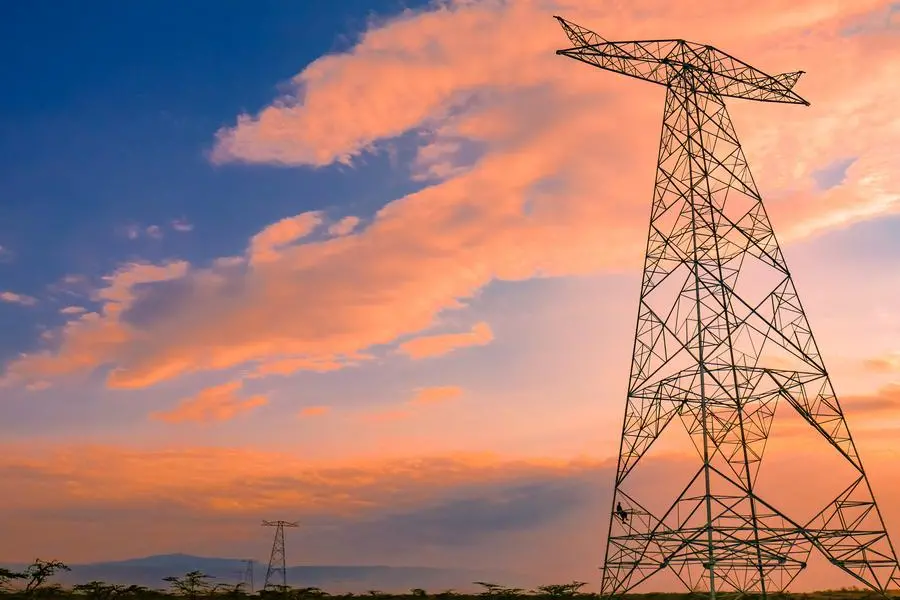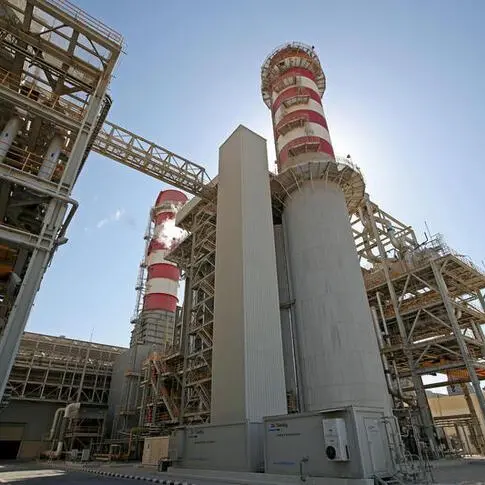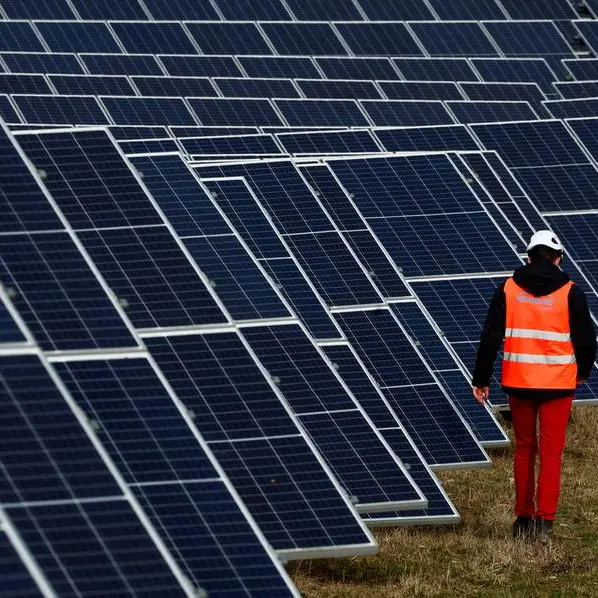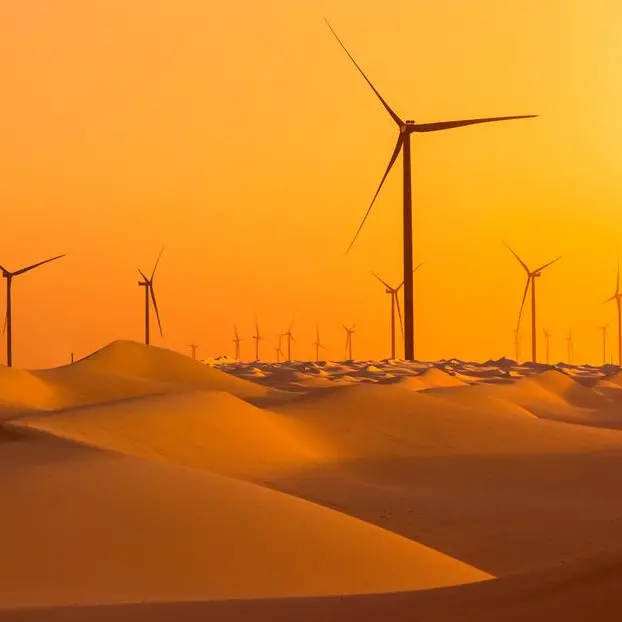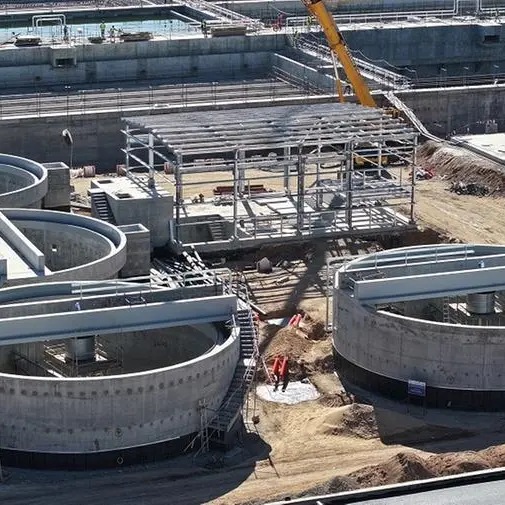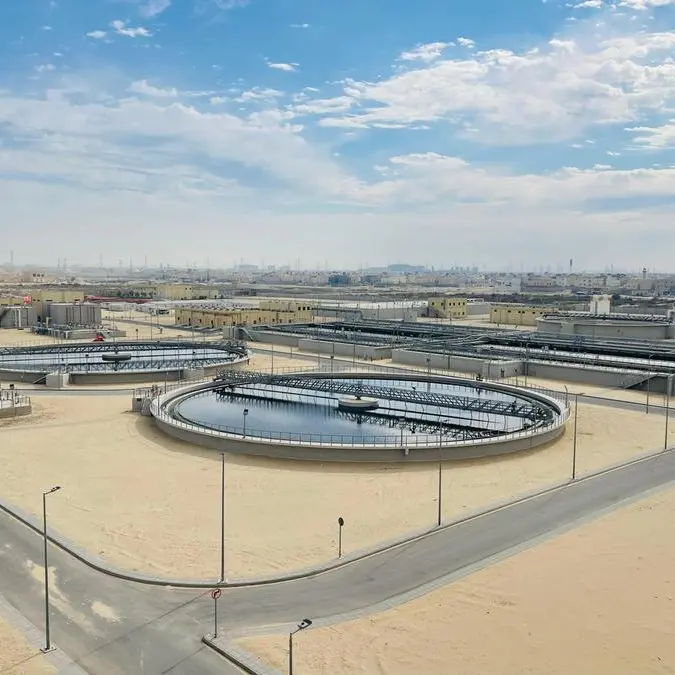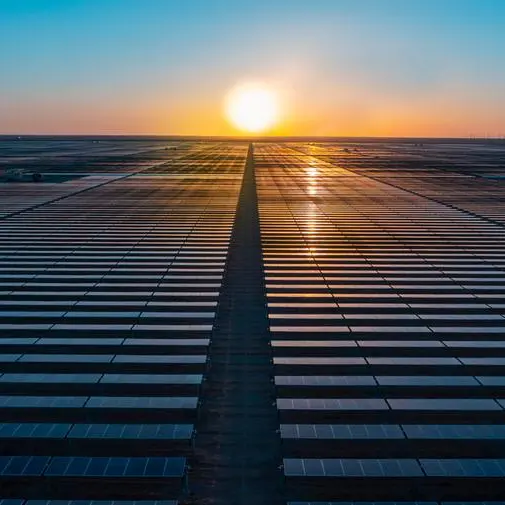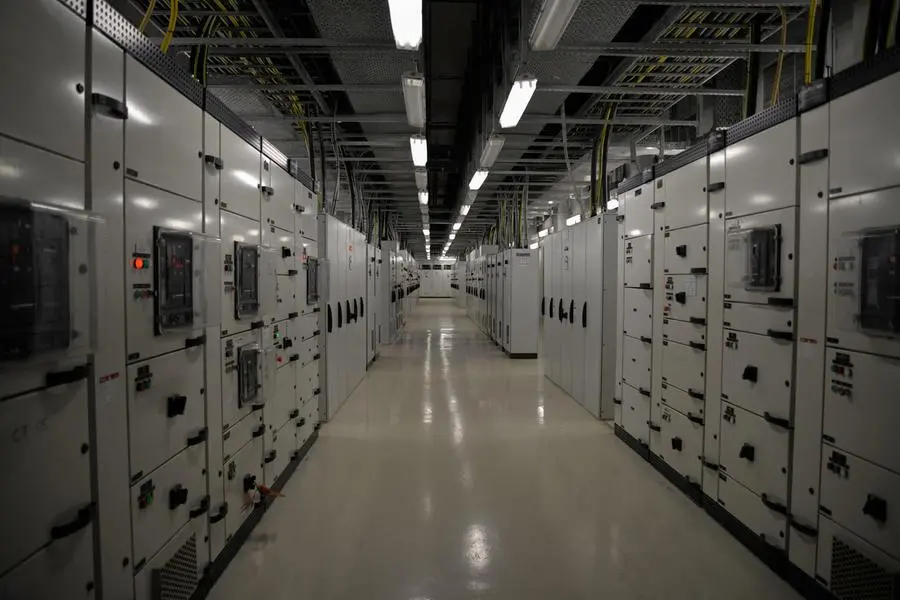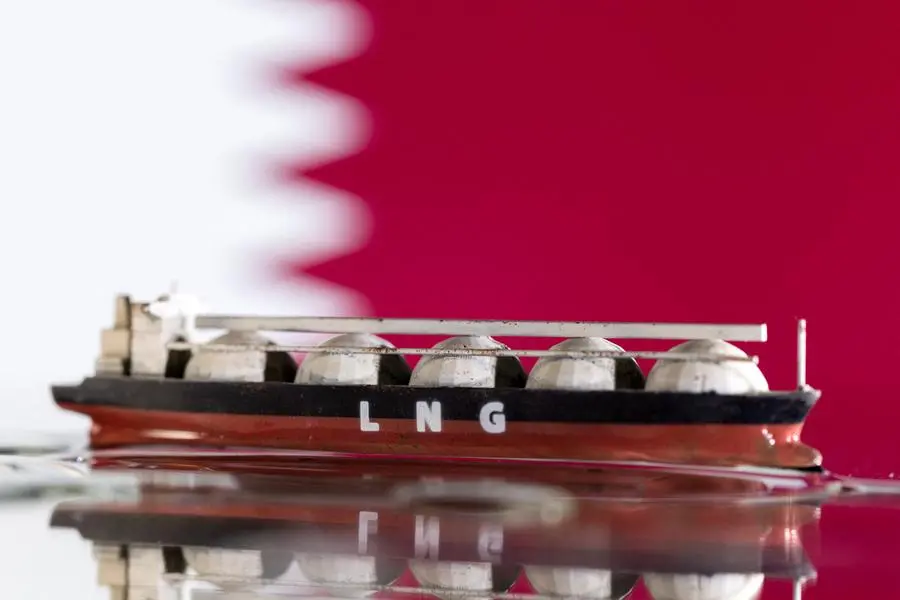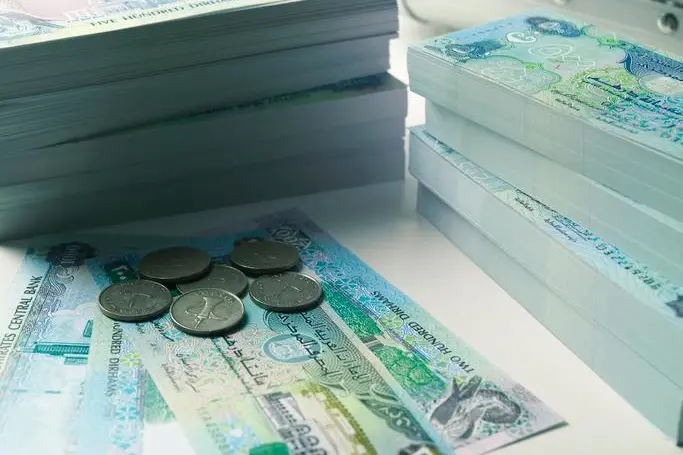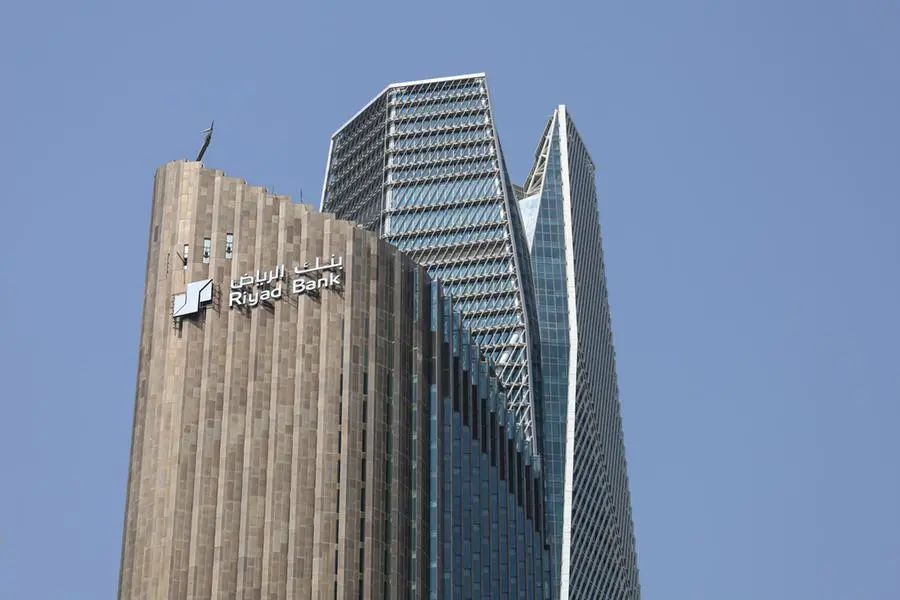PHOTO
MUSCAT: A new interconnect with the electricity grid of neighbouring Saudi Arabia has the potential to boost net energy imports into the Sultanate of Oman to around 1600 MW, up from 400 MW presently, according to the Oman Power and Water Procurement Company (OPWP), the sole national buyer of power and desalinated water output.
When operational, the proposed interconnection with Saudi Arabia – only the second after Oman’s existing interconnection with the United Arab Emirates (UAE) via Abu Dhabi – will ensure stability of electricity supplies in the event of any contingency, among other benefits, says state-run OPWP, a member of Nama Group.
The GCC Interconnection Authority (GCCIA), which facilitates grid linkages and energy trades between the six member states of the GCC, has already undertake a detailed study of an interconnection directly from Ibri on the Omani side to Salwa in Saudi Arabia. It envisions the potential for a 400 kV DC link spanning the roughly 700km distance between the two locations.
“The study’s outcomes indicated that the net transfer capacity to Oman would increase from 400 MW to about 1,600 MW. Accordingly, it is expected that the two interconnects would contribute more to the planning reserve requirements,” OPWP stated in a new report.
An existing 220 kV interconnection between the Main Interconnected System (MIS) – Oman’s principal grid covering the northern half of the country – and the GCCIA power systems via Abu Dhabi, has been commercially operational since 2012. As a member of the GCCIA, Oman has had access to the power systems of the other five member states since December 2014. The linkage enables the two sides to respond to supply disruptions, as well as explore energy trades and coordinate planning reserves and operating reserves.
Significantly, the interconnection’s double circuit link supports reliable transfers of up to 400 MW and can carry up to 800 MW in emergencies. “The link has provided emergency reserves on a number of occasions, preventing power failures in the MIS,” OPWP noted.
Within Oman, interconnections between existing standalone power grids are also paving the way for enhanced reliability in the supply of stable, cost-competitive and relatively environment-friendly electricity across the interconnected network. For example, following progress in the completion of Phase 1 of the North-South Interconnect (Rabt), transfers between the MIS and PDO’s power systems have soared from a transfer capacity of 60 MW previously to around 1000 MW presently.
Further, with the construction of three new grid stations at Nahadha, Barik and Al Suweihat, supplies from the MIS can now be channelled onward to Mahout and Duqm, which are currently served by either diesel-power from Tanweer or gas-powered supply from PDO.
Phase 1 of the North-South Interconnect is scheduled for completion in June 2023, before Phase 2 commences with the goal of linking up the Dhofar System to create an integrated national grid.
2022 © All right reserved for Oman Establishment for Press, Publication and Advertising (OEPPA) Provided by SyndiGate Media Inc. (Syndigate.info).
